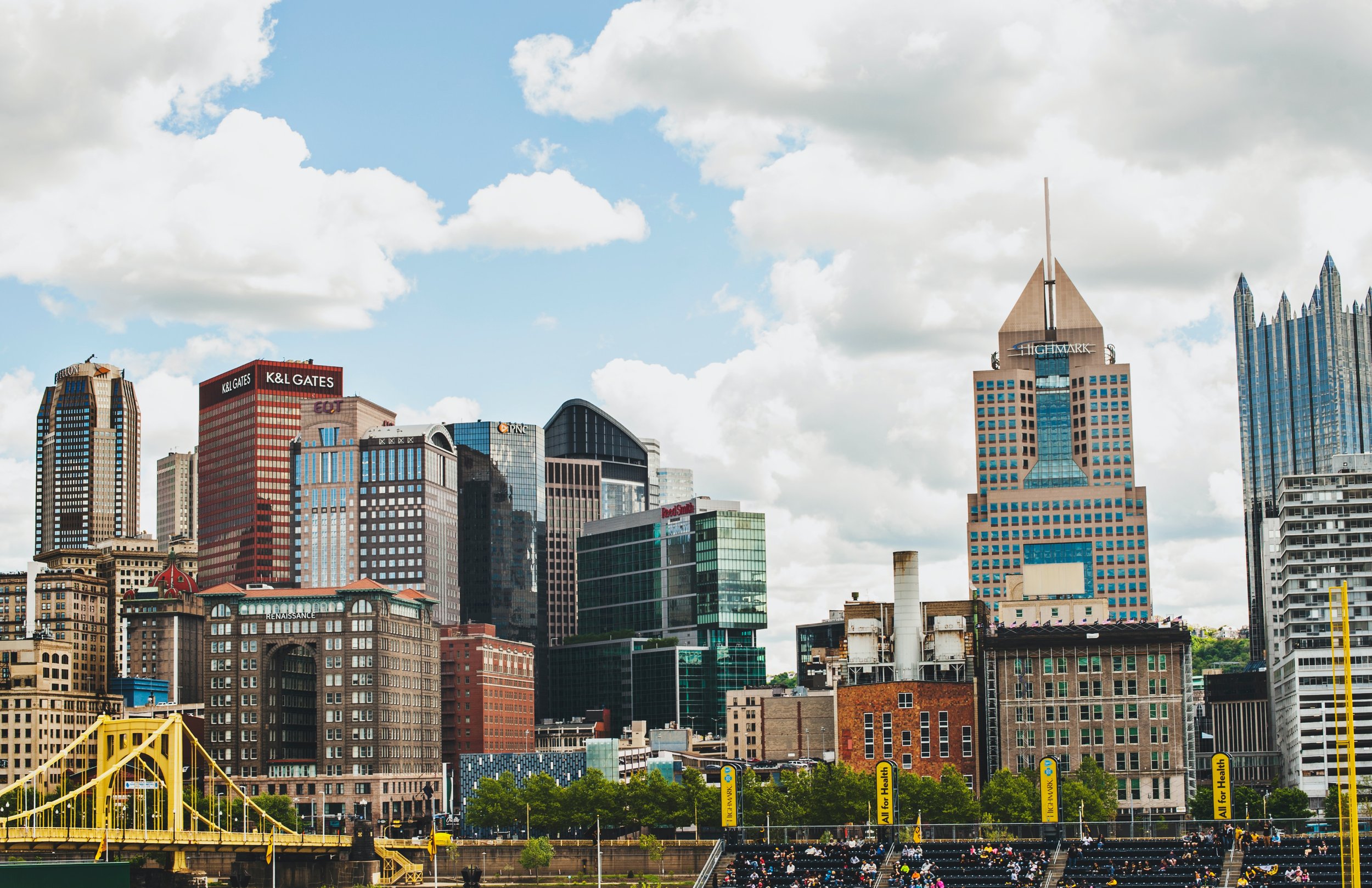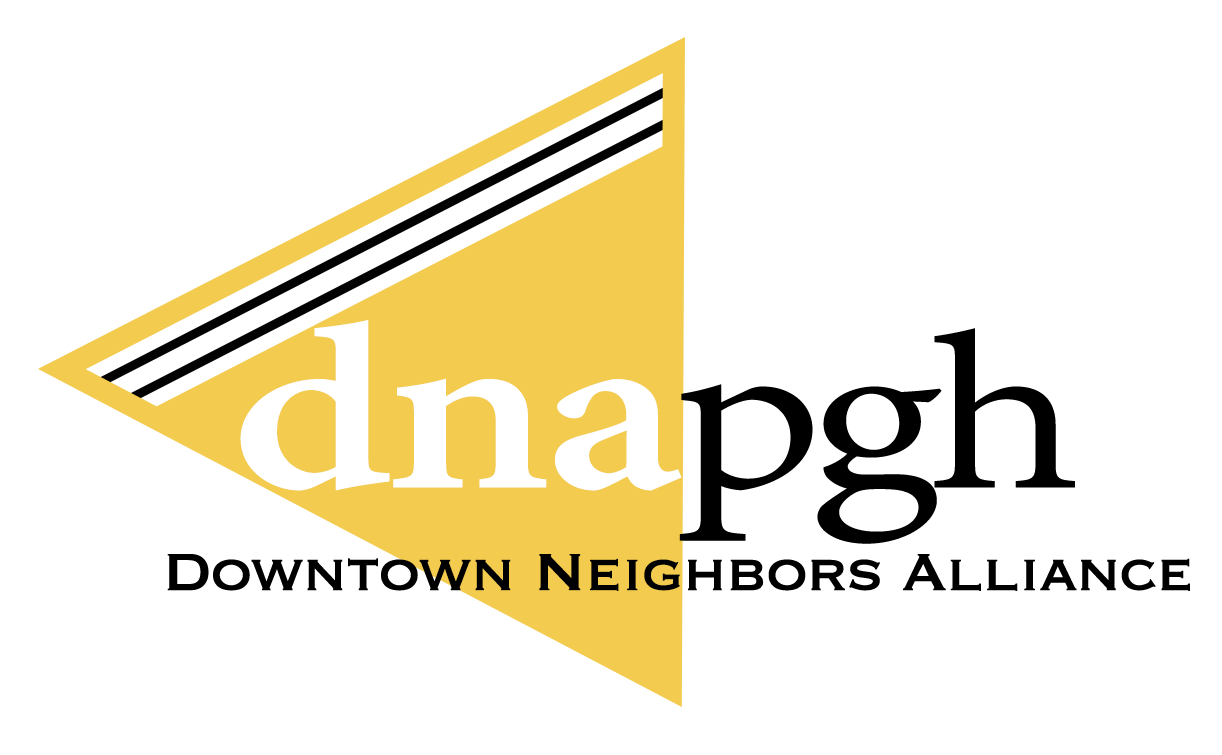
Bridging Pittsburgh: Fort Duquesne Bridge
The Fort Duquesne Bridge, an iconic structure spanning the Allegheny River, is one of Pittsburgh’s most recognizable landmarks. Construction began in 1958 as a part of a larger development project meant to connect Downtown Pittsburgh with the North Shore. The bridge was intended to be a key component of the Penn-Lincoln Parkway, a project meant to ease traffic and improve accessibility between the two areas.
Bridging Pittsburgh: The Historic Smithfield Street Bridge
Located in Pittsburgh’s lively Strip District, Balvanera brings the rich flavors of Argentina to the Steel City. From sizzling steaks to handmade empanadas, every dish reflects the heart of Argentine cuisine.
Historical Highlight: The Omni William Penn Hotel, Pittsburgh’s Timeless Icon
The Omni William Penn Hotel, located in the heart of Downtown Pittsburgh, has been a part of the city’s history, luxury, and elegance since 1916. Built by industrialist, Henry Clay Frick, the hotel was designed to be one of the best hotels in the world. A team from Janssen and Abbot created the hotel's architecture. They were inspired by Beaux-Arts architecture and implemented its fascinating characteristics of Roman and Greek Classism in the hotel. This choice of architecture set a high standard for beauty and sophistication in the city.
Historical Highlight: Discover the Rich History of Point State Park
Pittsburgh’s three rivers, the Allegheny to the North, the Monogahela to the South, and the Ohio to the West, have shaped the city’s history since before the United States of America was a nation. Visitors can stand at the confluence of these three great rivers in Point State Park.
Historical Highlight: Strip District
Pittsburgh’s Strip District is one of the city’s most iconic neighborhoods, known for its vibrant mix of history, diverse commerce, and vibrant culture. Located along the Allegheny River, just outside of downtown, the Strip District has transformed over the years from a bustling industrial center into a lively market destination.
Historical Highlight: Mellon Square
Looking for a glimpse of nature in Downtown Pittsburgh? Head to Mellon Square to enjoy an oasis in the middle of the city.
In 1949, the city was given $4 million by the A. W. Mellon Educational and Charitable Trust, Sarah Mellon Scaife, and Richard King Mellon Foundation to build a public plaza and parking facility. Built in 1955, it became one of the very first public plazas to be built atop a parking garage, effectively making it one of the country’s first “green roofs.”
Historical Highlight: Heinz Hall
Heinz Hall holds Pittsburgh’s most beautiful music and architecture, as well as a storied history. Home to the Pittsburgh Symphony Orchestra, Heinz Hall began in 1927 as the Loew’s Penn Theater. The building was almost demolished in 1964 after Loew’s Theater closed its doors, but John Heinz II saw promise in the historic moviehouse and began a 3 year and $10 million reconstruction effort.
Historical Highlight: Pittsburgh’s Bustling Market Square
Market Square, what some call the “heart of downtown,” has been an integral part in Pittsburgh’s social scene since 1784. Read more to learn about how the Square became the communal space it is today.









